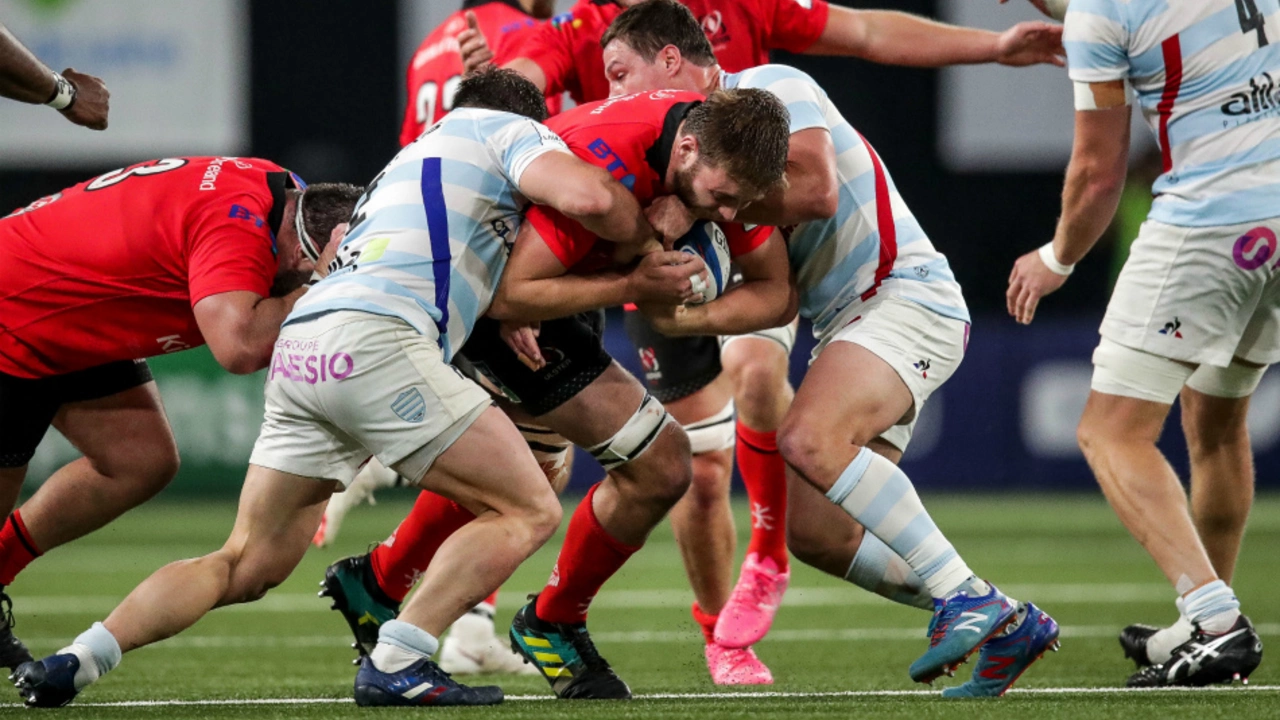Sports Differences: Comparing Rugby, American Football, and More
When talking about sports differences, the ways various sports vary in rules, gear, culture, and player experience, you’re diving into a world where a single rule can rewrite the whole game. sports differences are the lens through which fans, athletes, and coaches make smarter choices. Also known as sport comparisons, understanding these gaps helps you decide which game fits your style.
Key Comparisons that Shape the Game
One of the most talked‑about Rugby, a contact sport played with 15 players per side, no helmets, and continuous play versus American football, a gridiron sport using protective pads, frequent stoppages, and set plays highlights core equipment contrasts. Rugby’s round ball and lack of hard gear demand precise technique and endurance, while American football’s oval ball and helmets shift emphasis to strategic bursts and safety equipment. These rule and gear differences influence everything from training routines to injury rates, which brings us into the realm of sports safety, the practices and protocols that aim to reduce injuries across different games. Studies show rugby players face higher concussion risks because they play without helmets, yet proper tackling drills can narrow that gap. Meanwhile, American football’s hard pads lower certain impacts but bring other concerns like joint stress. Knowing how safety measures differ lets players pick the sport that matches their risk tolerance.
Sports popularity, the level of public interest, participation rates, and media coverage a sport enjoys in a region is another factor that drives funding, youth programs, and fan culture. In England, rugby enjoys a deep‑rooted fan base, with local clubs feeding national talent pipelines. By contrast, American football dominates the United States, bolstered by college leagues and massive TV contracts. These cultural divergences affect where you’ll find coaching resources, which positions are most celebrated, and how easily you can join a team. Speaking of positions, the variety within rugby—wing, fly‑half, prop, lock—offers routes for different body types and skill sets, a flexibility not always mirrored in American football’s more rigid role definitions. By mapping out these differences, you can better assess which sport aligns with your personal goals, whether that’s chasing a try line or mastering a quarterback sneak.
Below you’ll find a curated set of articles that unpack these themes in depth: comparisons of rules and gear, safety tips for high‑impact sports, insights into how popularity shapes opportunities, and guides to choosing the right position for your physique. Each piece adds a layer to the big picture of sports differences, helping you navigate the field of options with confidence.
Why don't the rugby union and rugby league codes merge?
The merge of rugby union and rugby league codes seems like a logical step, but it's not that simple. The key issue is they are fundamentally different games with varying rules, objectives, and play styles. Rugby league is more akin to a physical chess match, while rugby union includes more continuous play. Additionally, there's a deep-rooted cultural and historical divergence between the two, with league having a more working-class background and union being associated with the upper class. So, the differences aren't just about the game itself, but also about the values and traditions ingrained in them.
